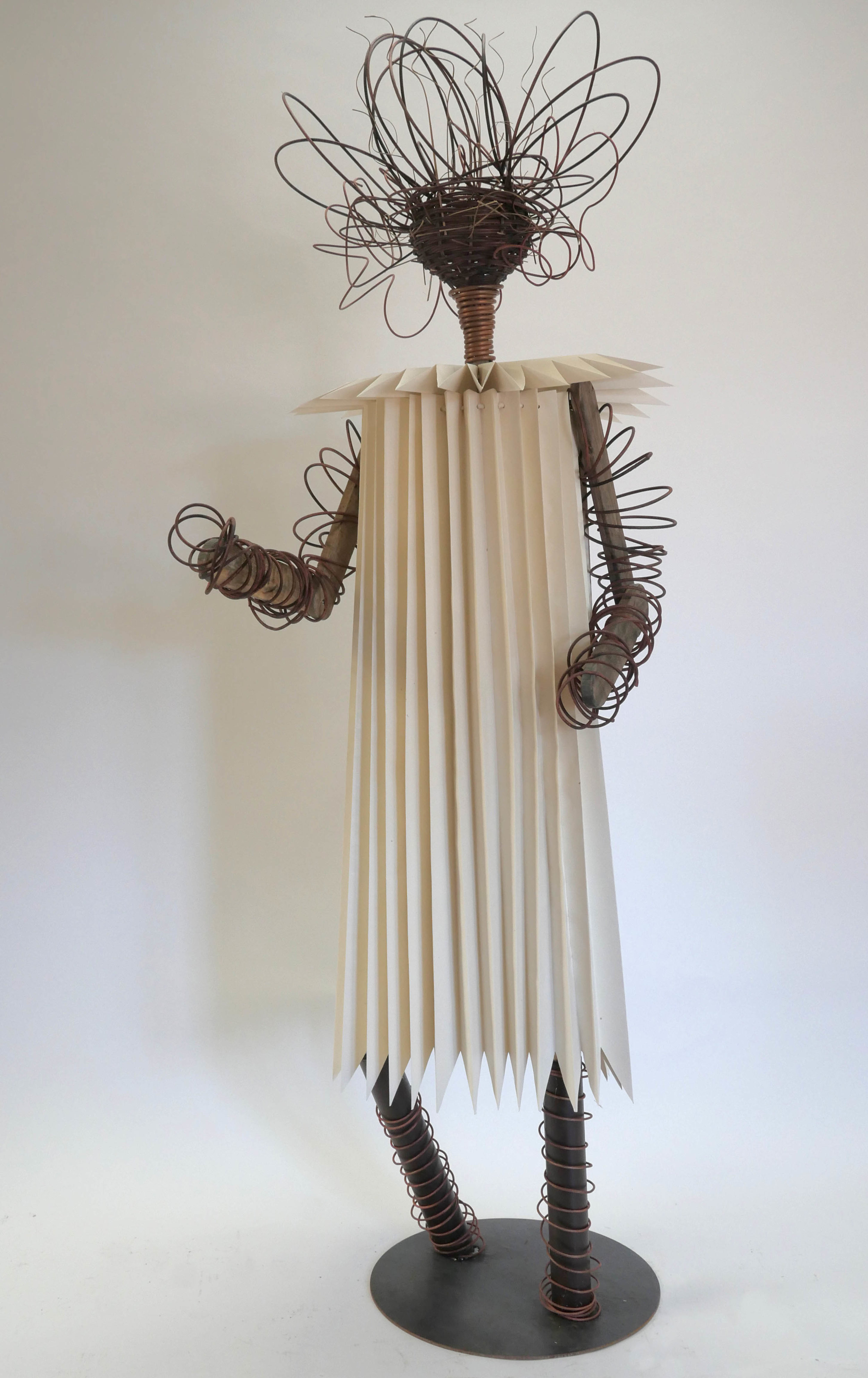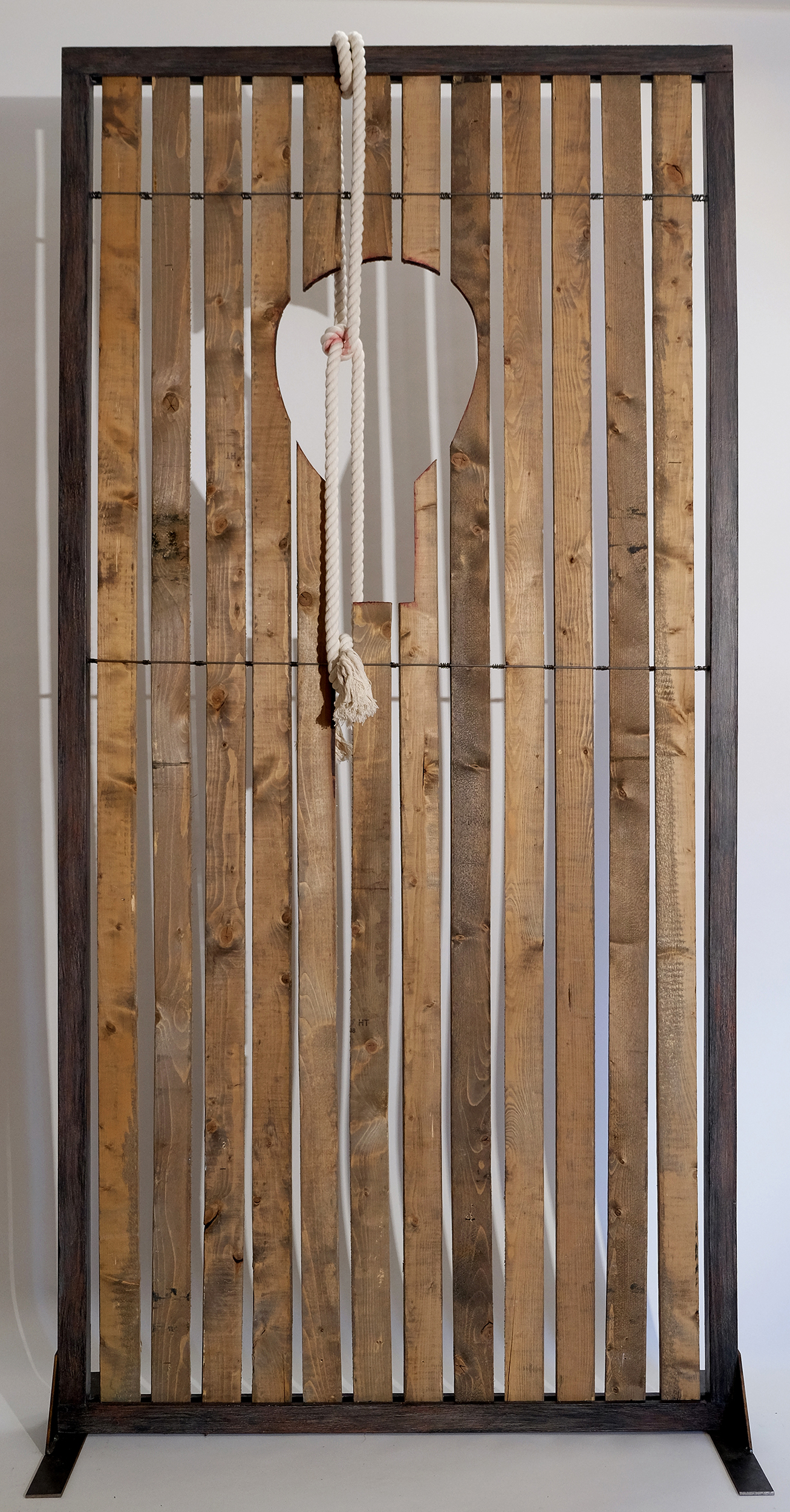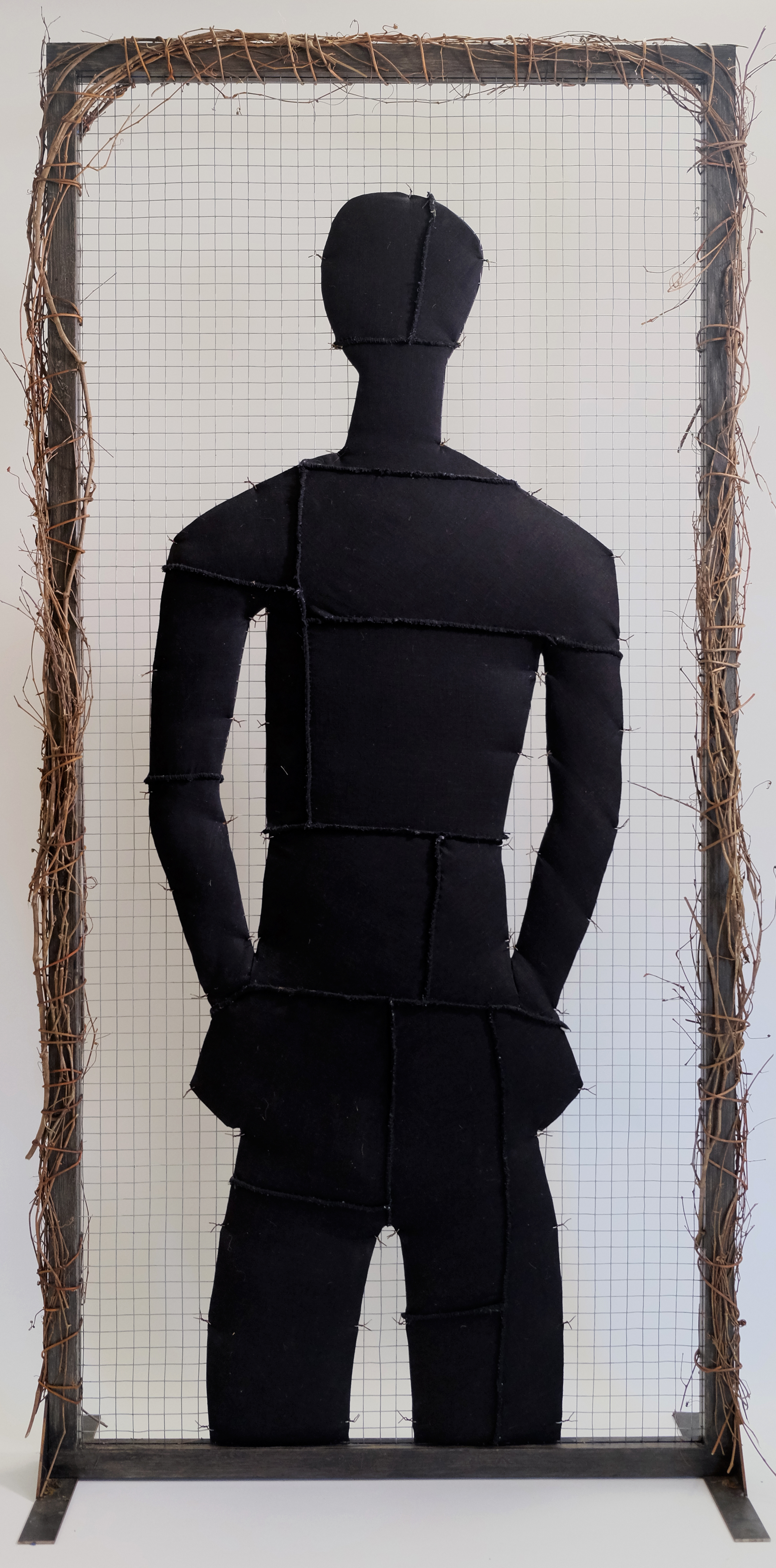Keep The Top Eye Open
An immersive shadow play, Keep The Top Eye Open invokes an incident on the Underground Rail Road when a space of racial equity briefly kept at bay the violent enforcement of white supremacy.
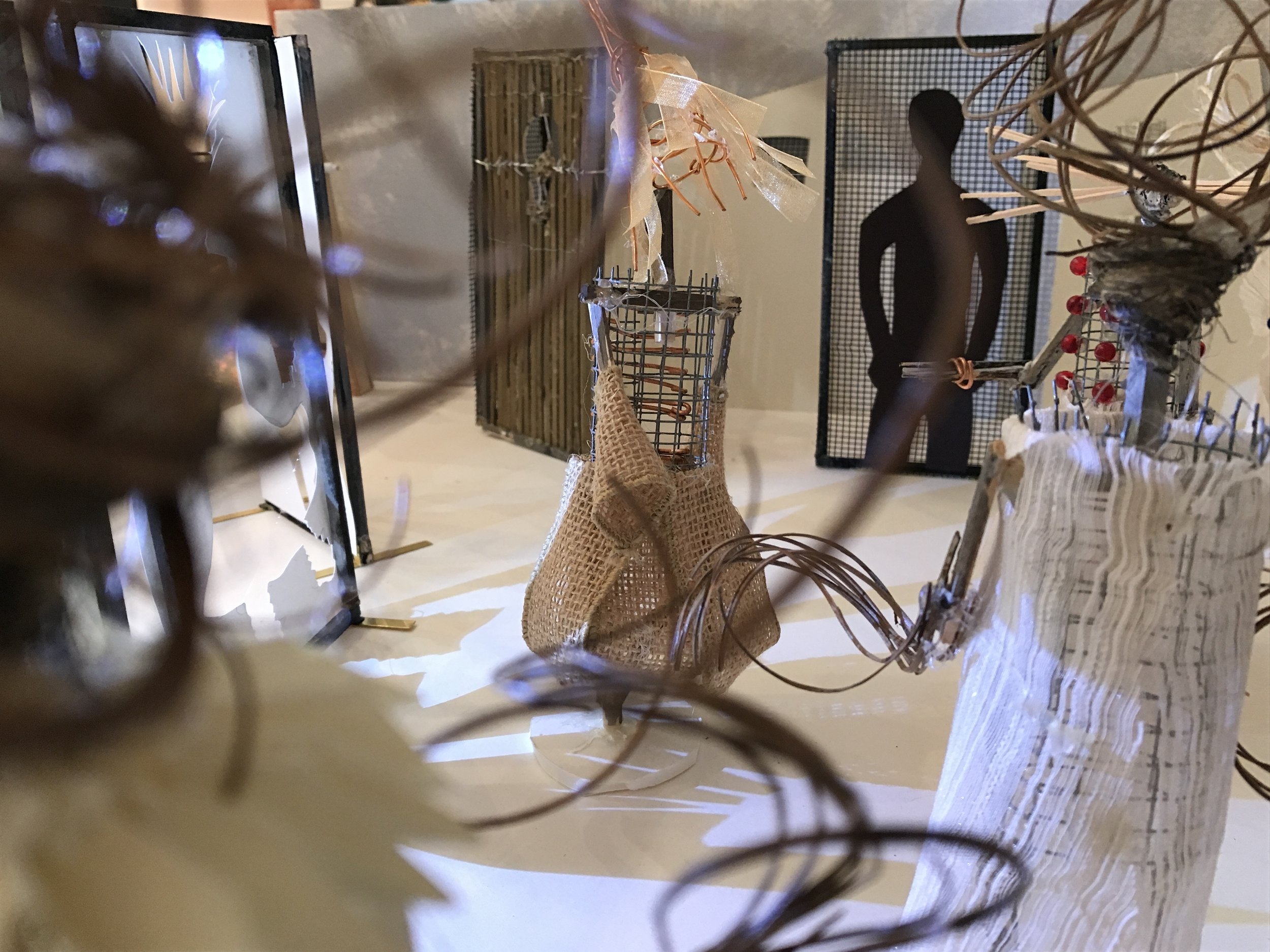
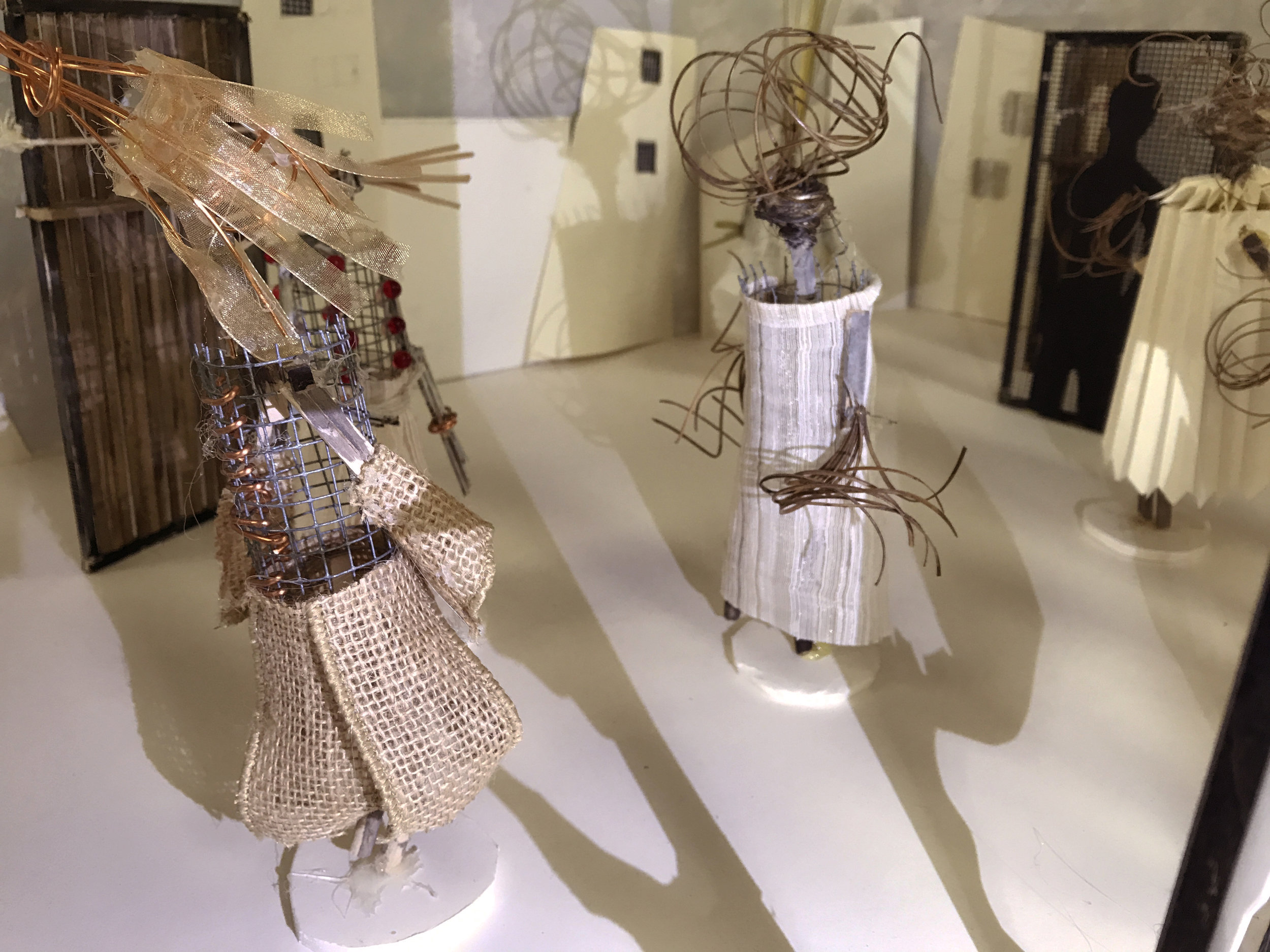
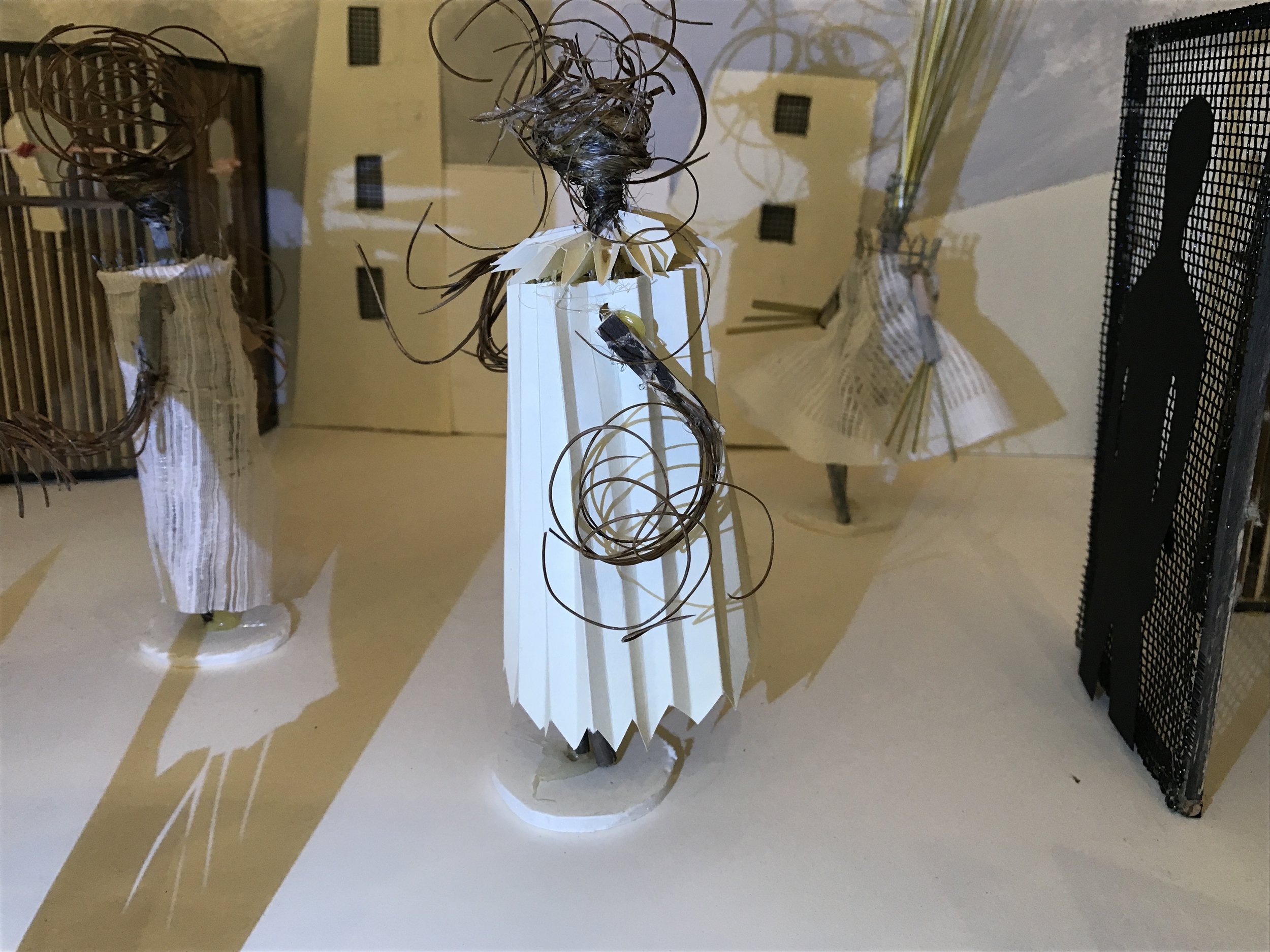
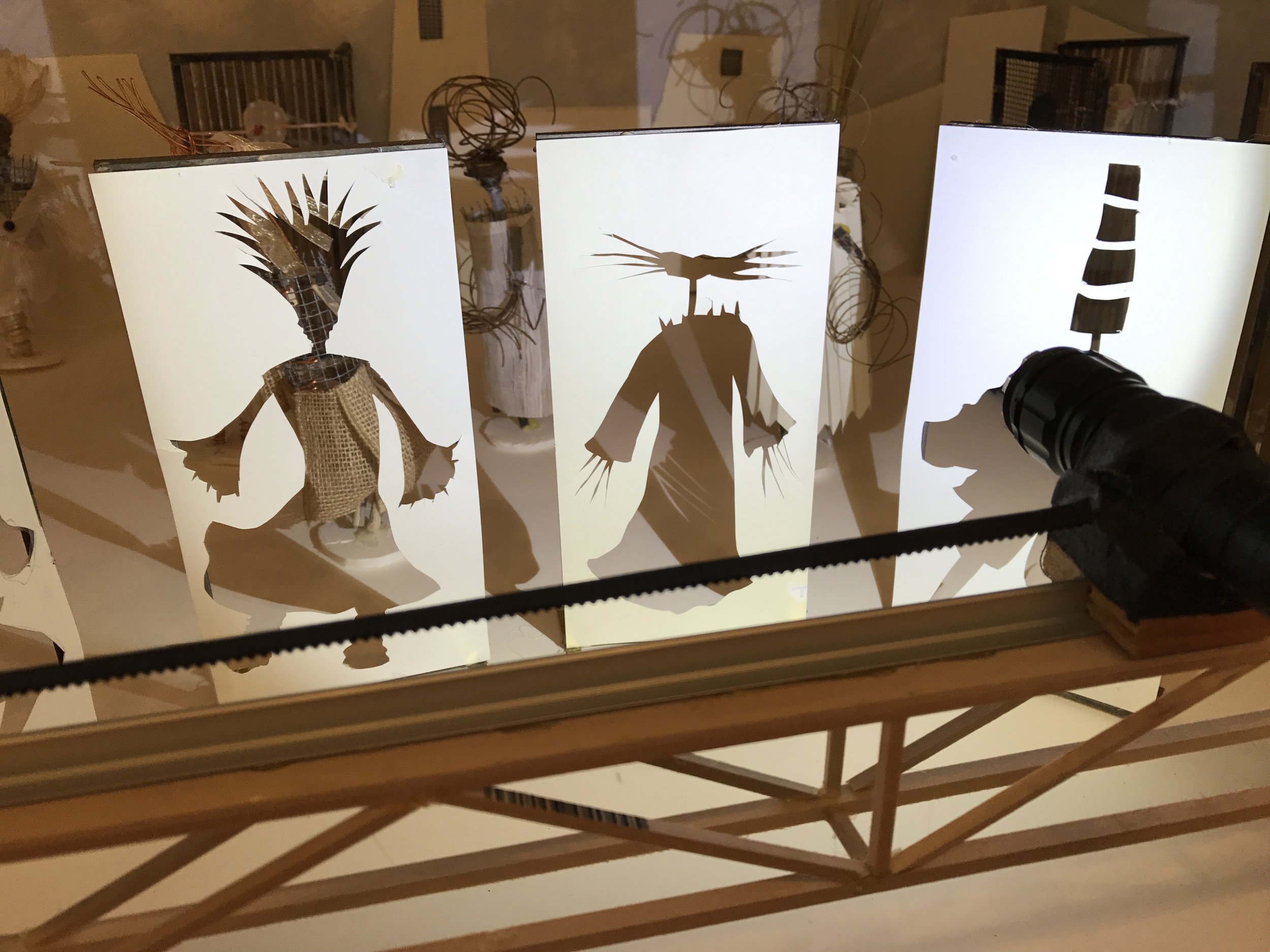
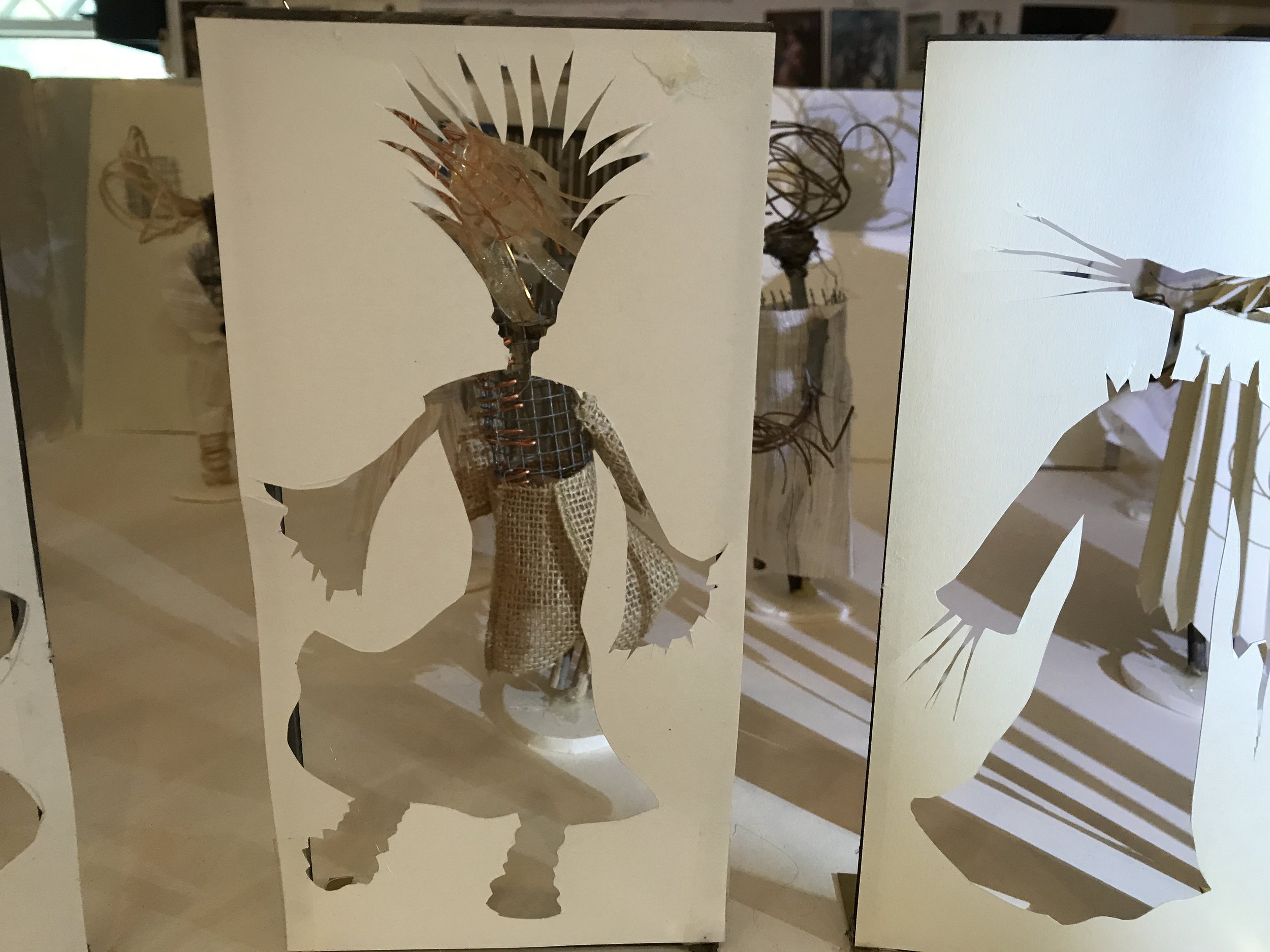

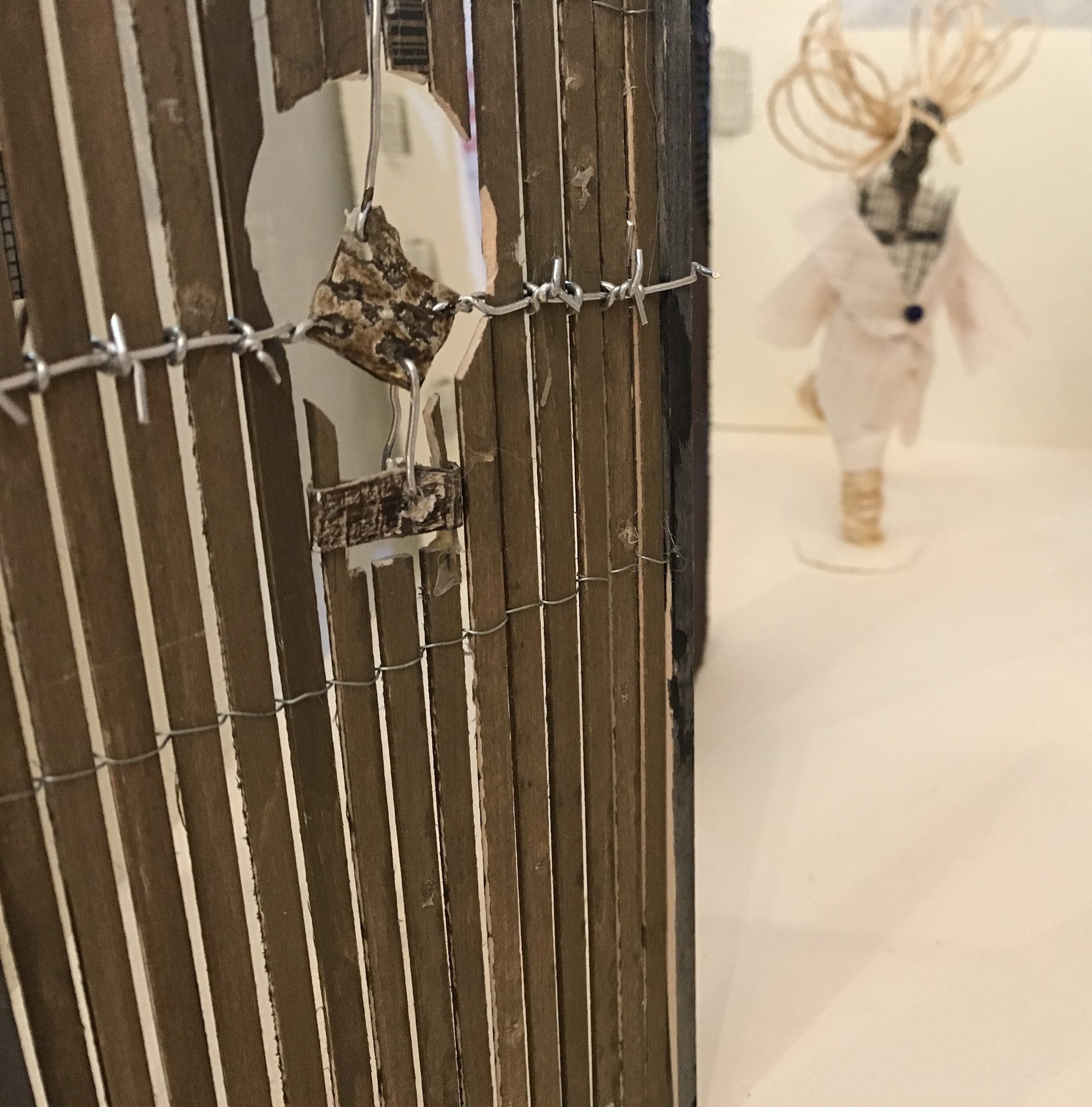
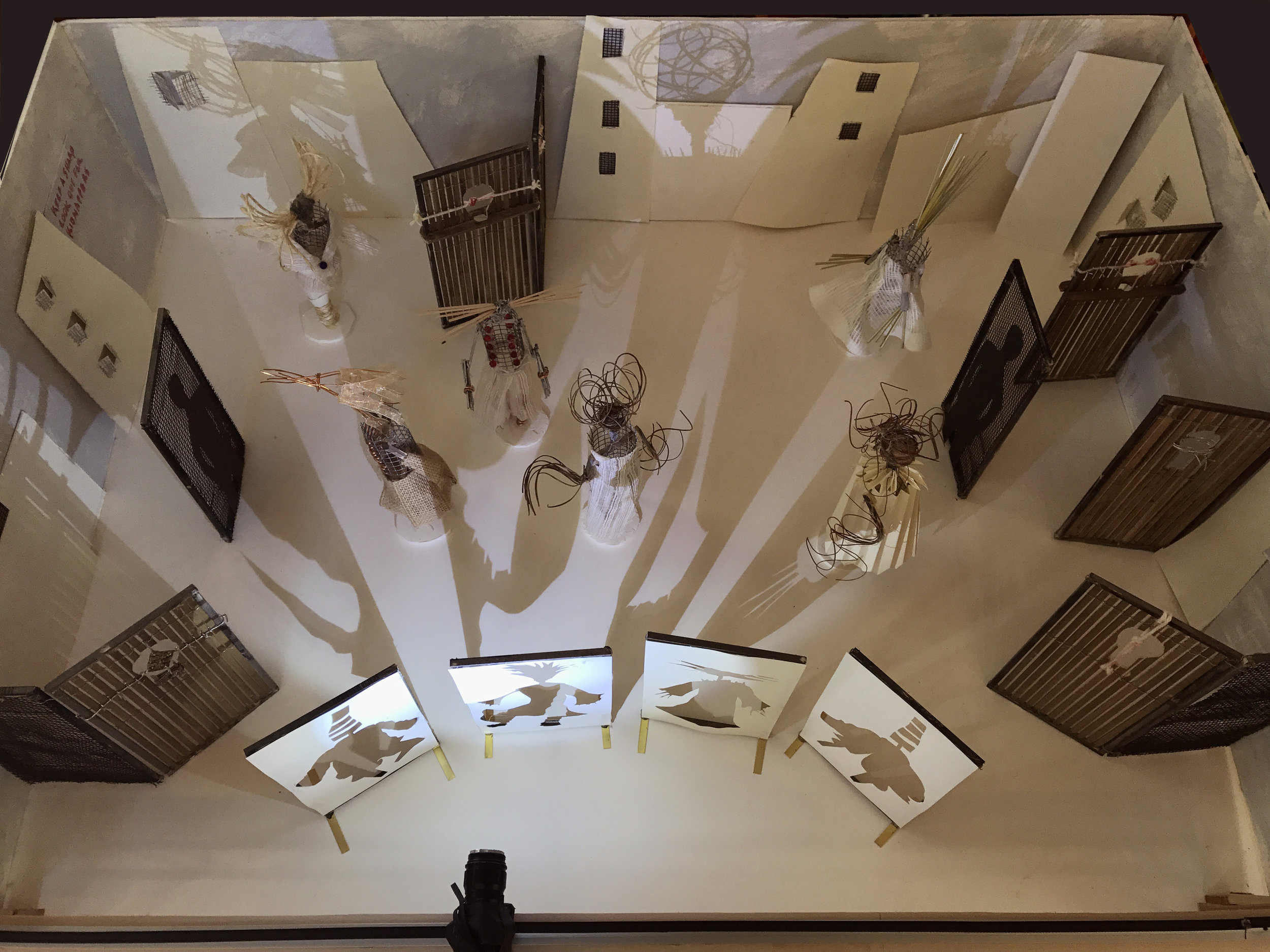
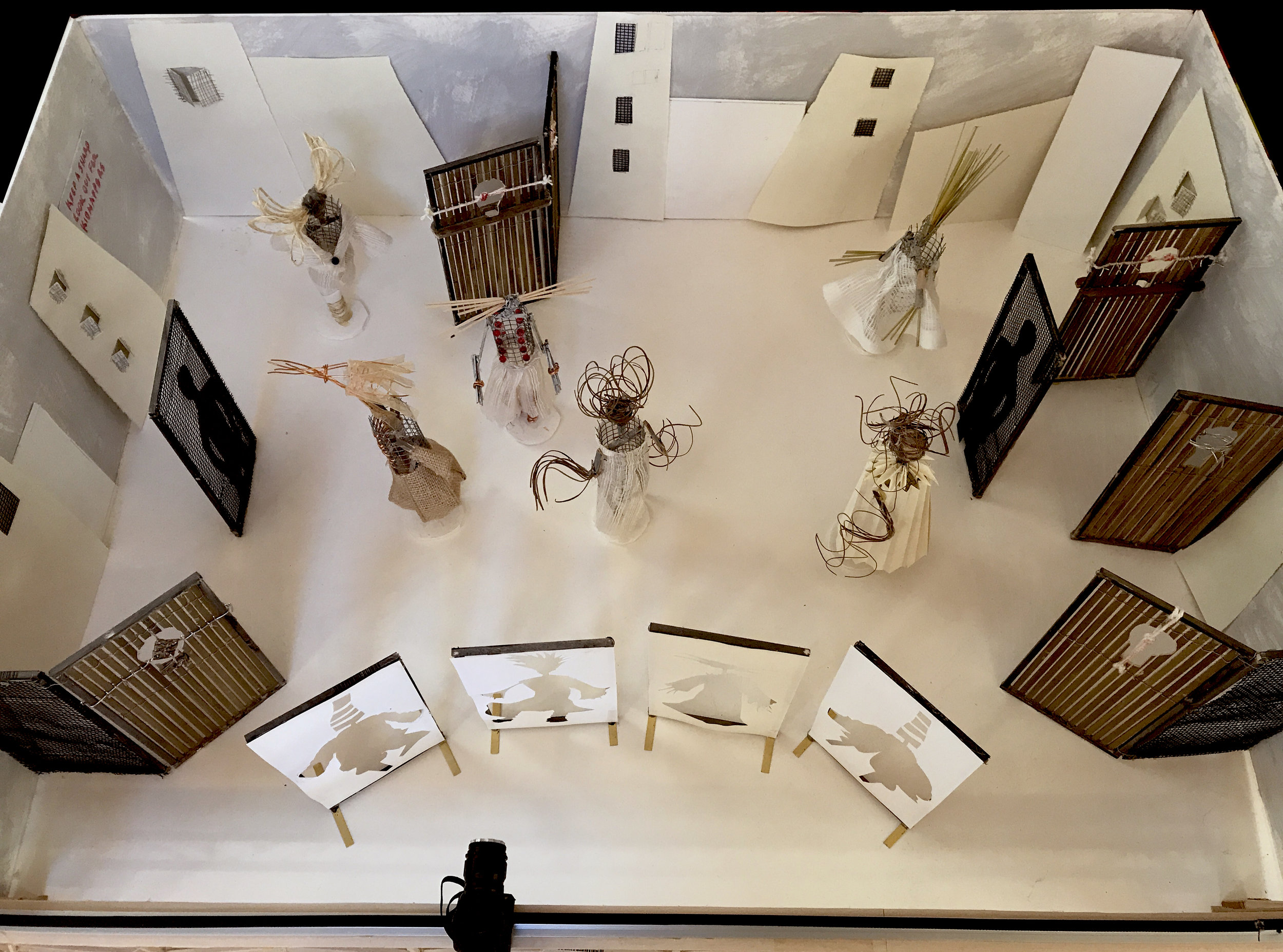
The fully realized installation exists only as a model (1:12 scale). Finished, full scale pieces shown below. Hover over slides to see title, size, media.
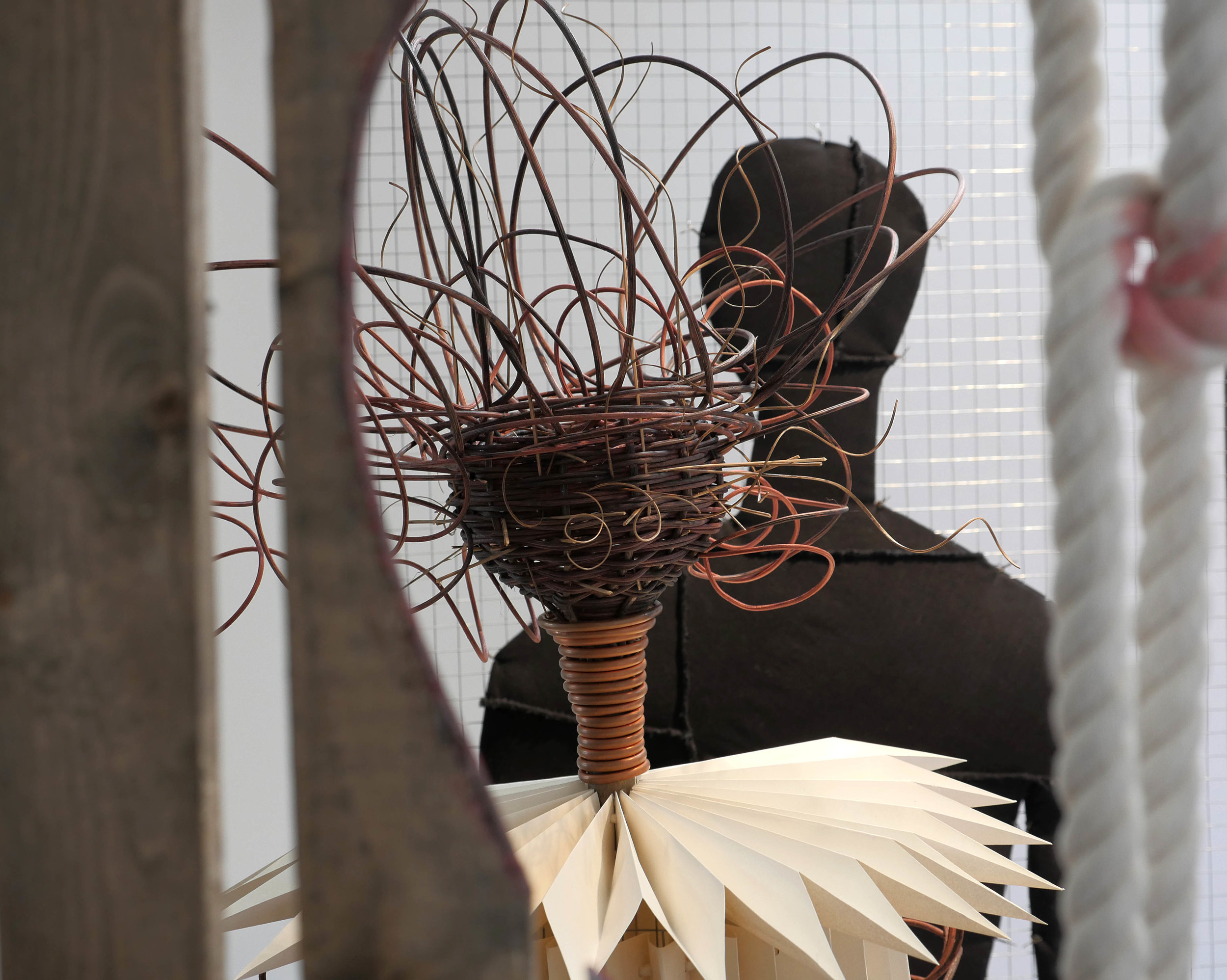
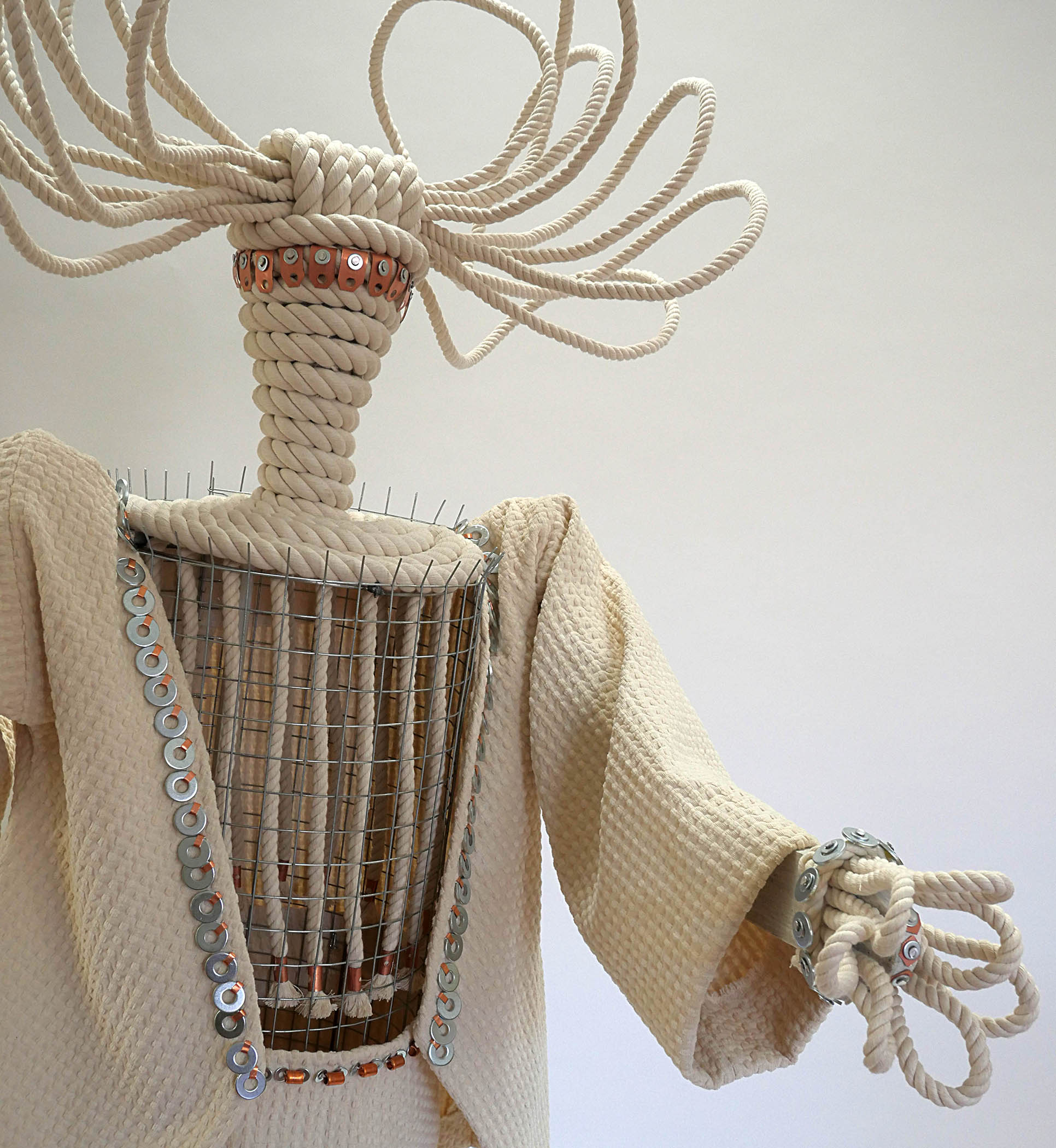
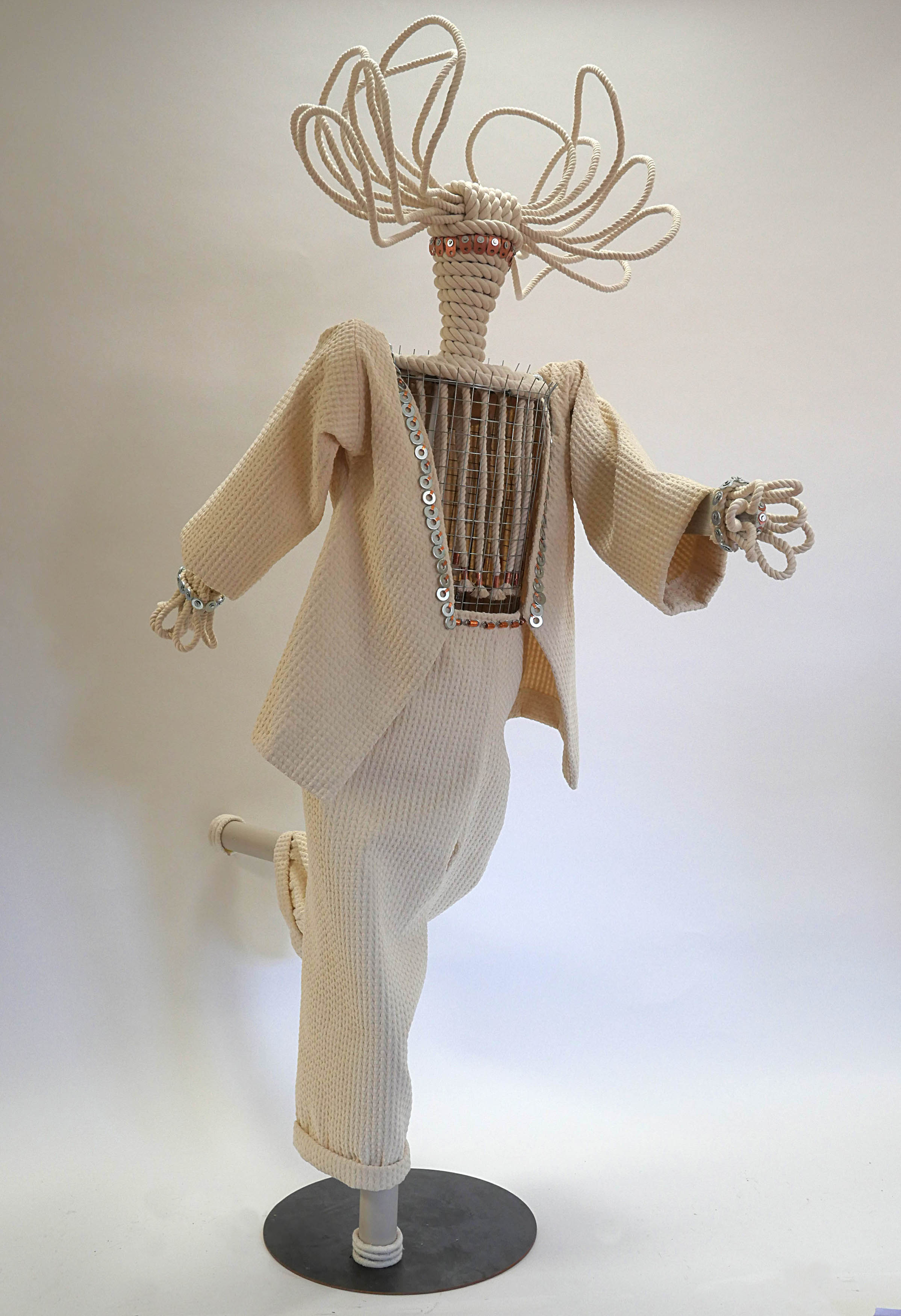
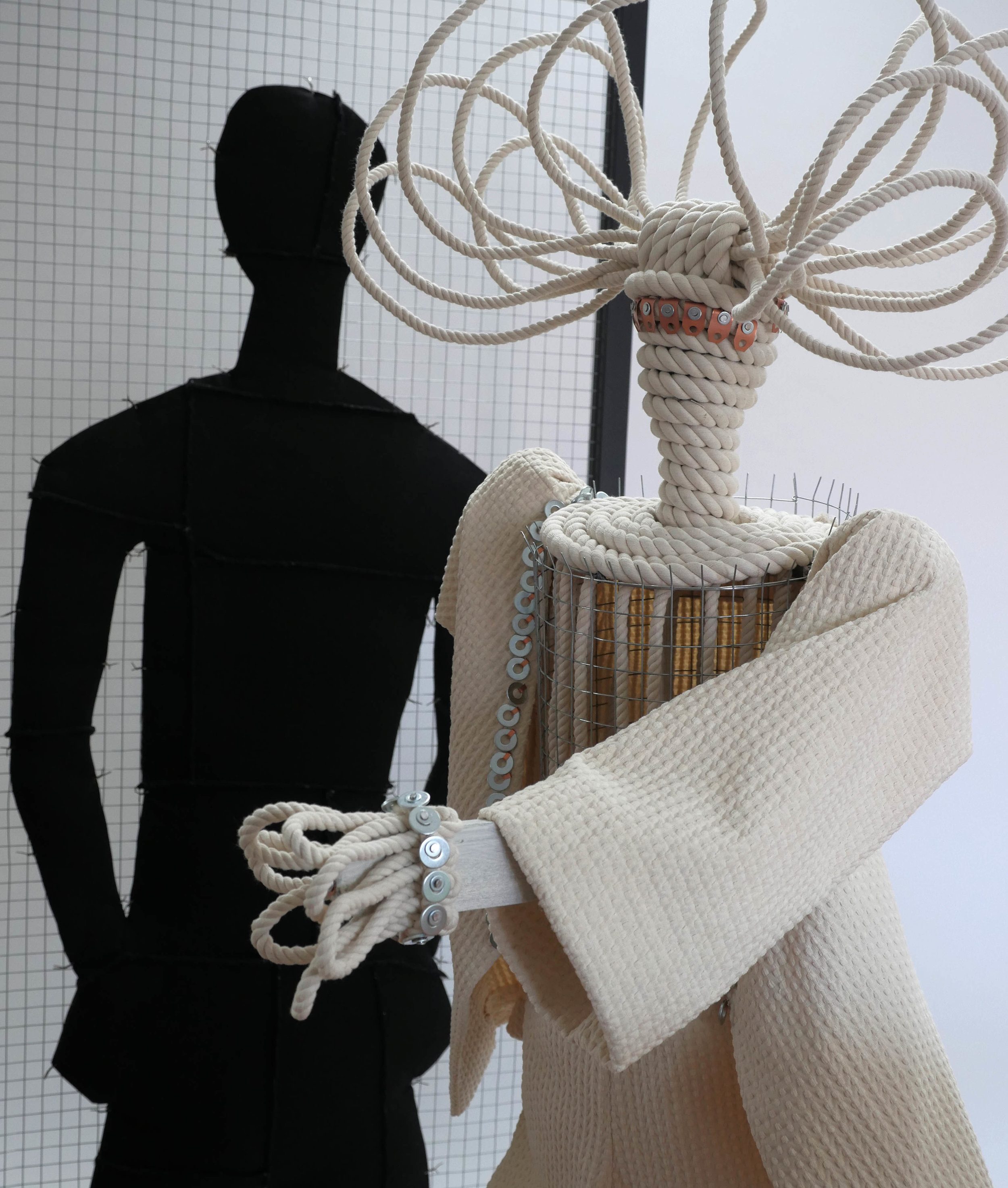
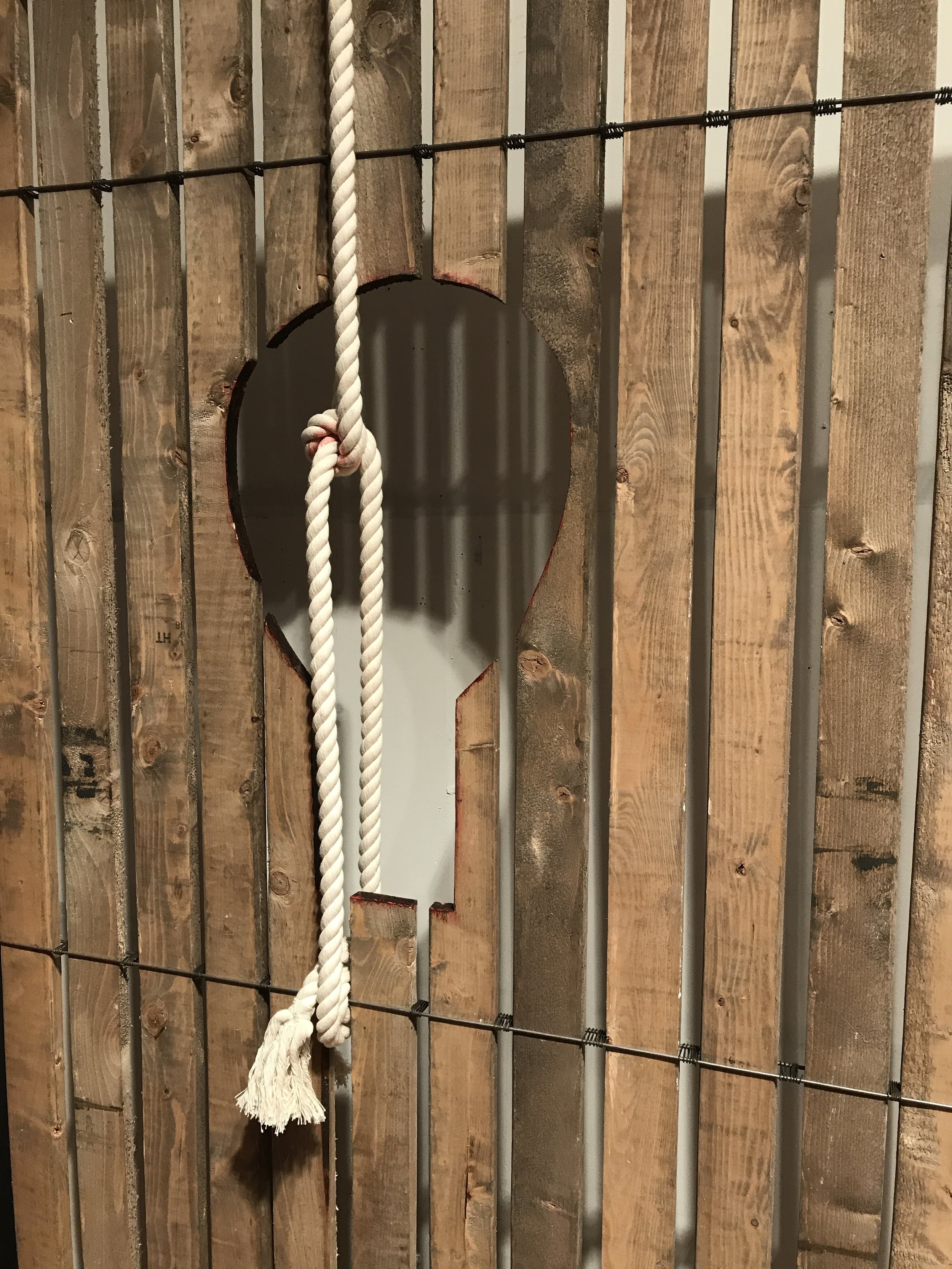
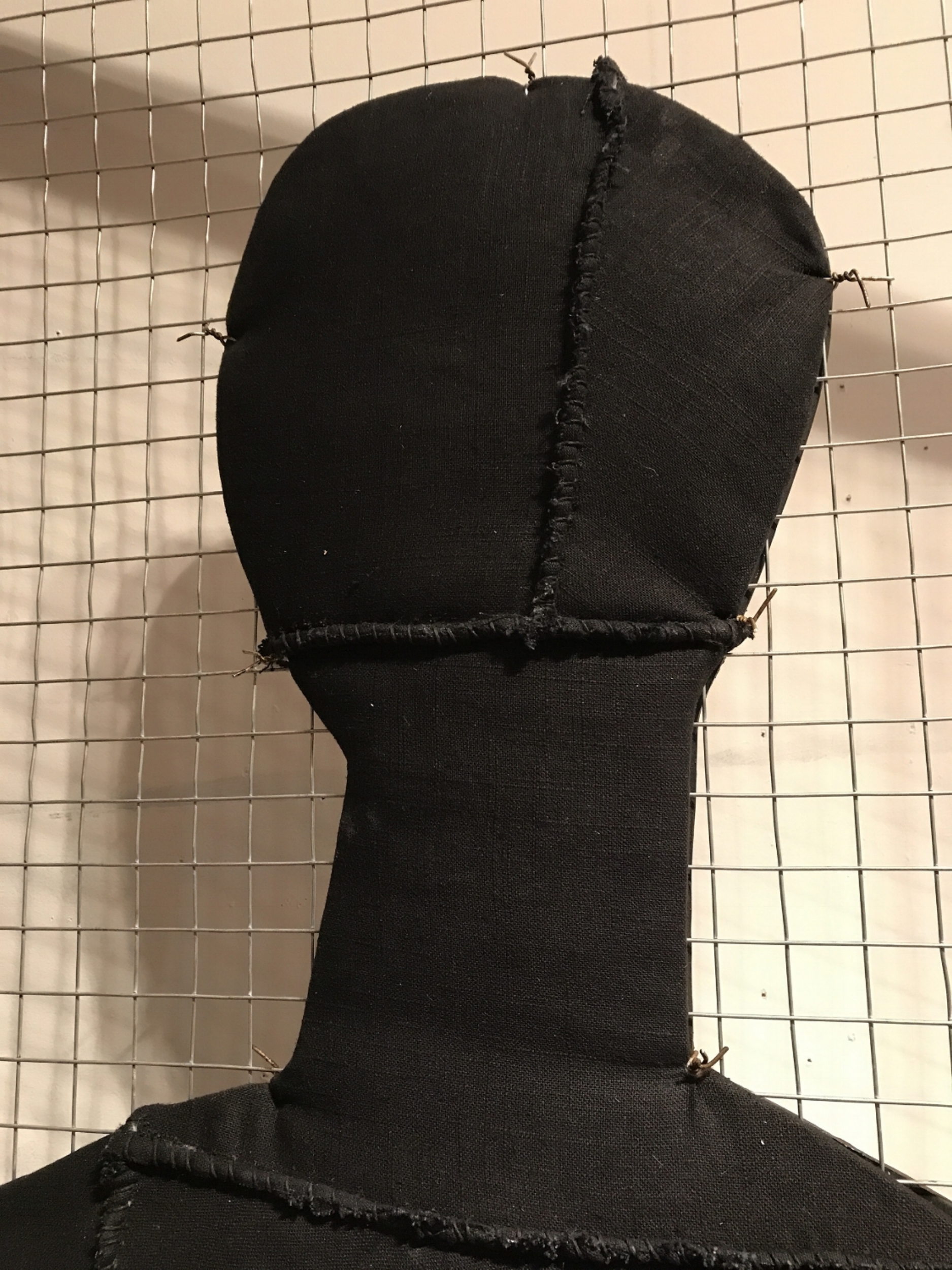
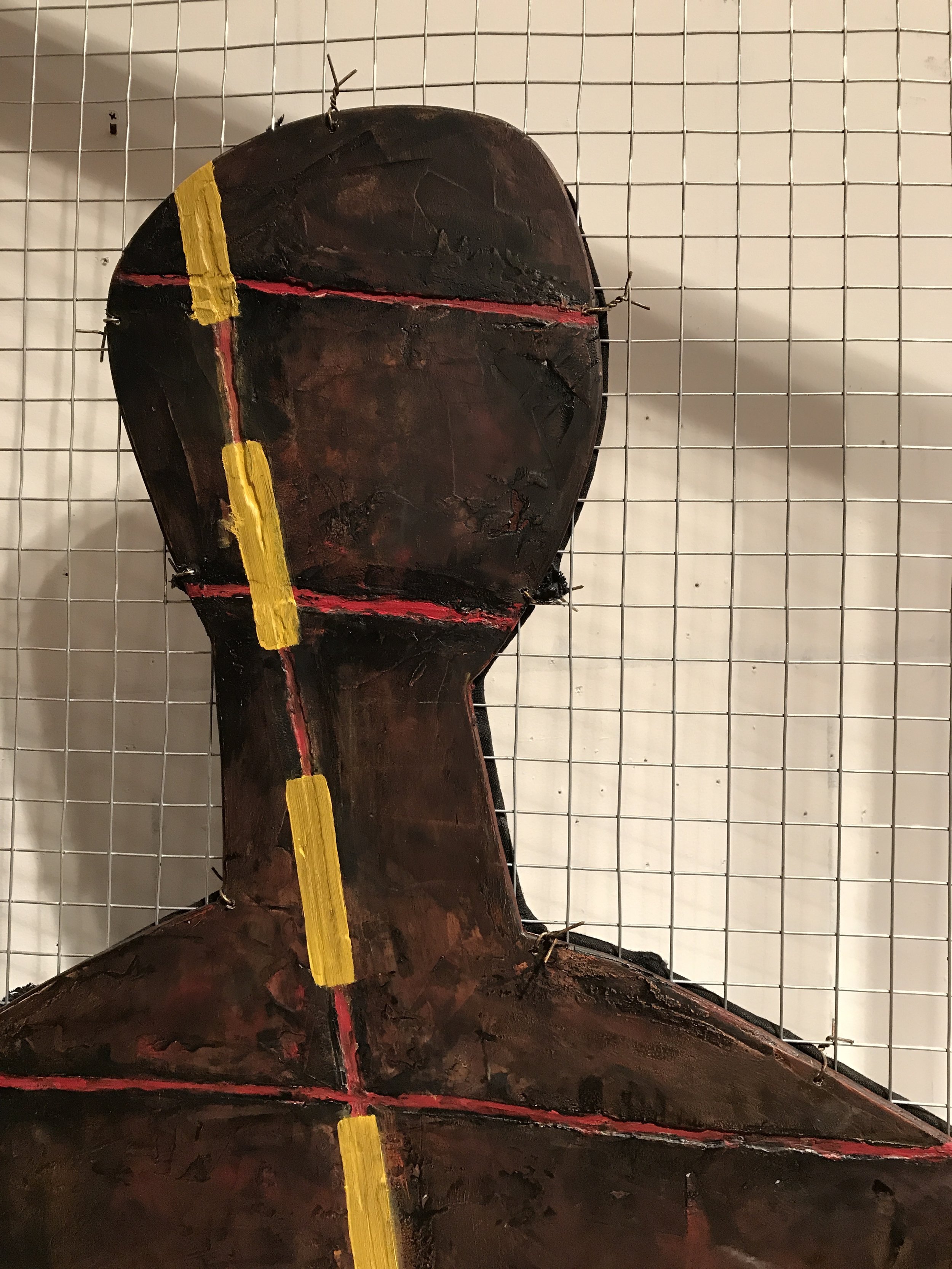
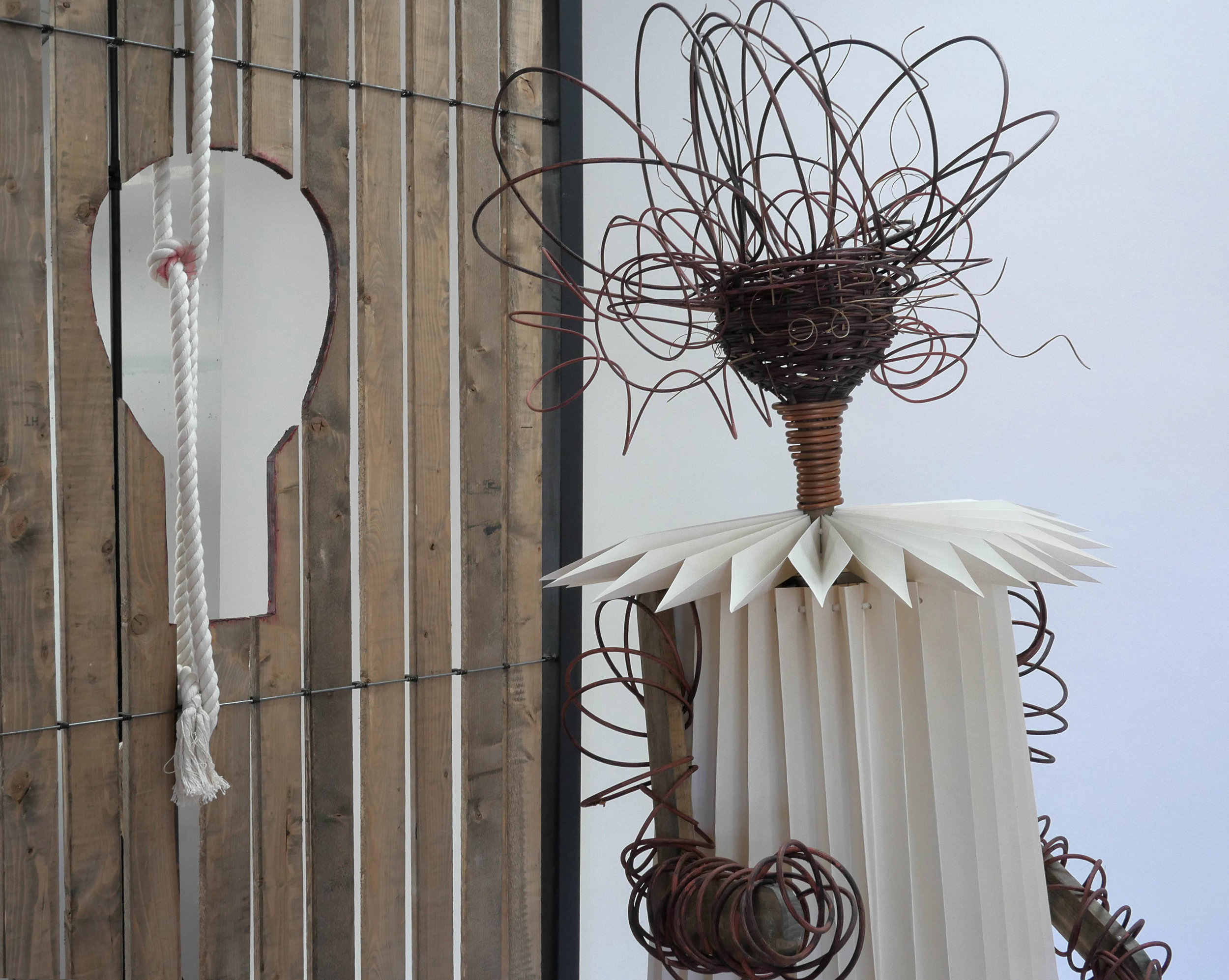
Description
Taking its title from an 1850 Boston handbill warning fugitives to beware of kidnappers and policemen, Keep The Top Eye Open references the clandestine meetings described by William Still of Philadelphia, of black and white abolitionists who assembled after dark to hear and record a fugitive's narrative of his or her escape. In the center of the installation, totemic figures gather to celebrate their momentary liberation from cruelty of institutionalized white dominance. When a visitor activates the movement of a searchlight, menacing shadows and fearful sounds bring to mind the risks taken by each witness. Keep the Top Eye Open conjures the Underground Railroad’s successful sabotage of enslavement.
This installation invites entry into an imaginary space containing both the joy of freedom and the terror of enslavement. Along the perimeter flat panels conjure a spectral city. Standing out from these walls, panels made of rough wood planks symbolically depict some of the methods used by enslavers to torture black bodies. Gathering in the center of the space, six totemic witnesses dressed in fabrics connected to 18th century cotton production (muslin, burlap, hemp twine, etc.) come alive in their ornaments, drapery and movement.
From speakers located above each figure, voices recount a specific character’s story. Some are taken from fugitive narratives, describing their escape from enslavement. Others unpack the different motivations and threats faced by black and white abolitionists, and the sometimes divergent strategies they advocated. Though these voices speak so each can be understood, overall the effect creates a murmuring that moves around the installation.
On one side, four cutout panels draw negative shapes of the central figures. When an audience member decides to turn a large wheel, a bright light behind the cutouts turns on and travels along a high trestle track. The soundscape also changes, building a fearful cacophony of industrial sounds. The cutout pieces, the figures and the panels cast ominous shadows that further activate the space as they transit the installation, engendering that fear of betrayal experienced by each of the characters.
Sources
When the Muslim travel ban was announced on January 27th, 2017 I was reading about an incident in the early 1850’s when Louis Napoleon, an illiterate black porter, served a writ of habeas corpus to a ship's captain holding an escaped slave in New York harbor. Louis Napoleon was part of the Underground Railroad network and worked with my great-great-great grandfather, Sydney Howard Gay. Editor of the the National Anti-Slavery Standard, Gay's Manhattan office, where Napoleon planned to bring the fugitive, acted as a station on the Underground Railroad. Napoleon had gone to court, received a writ of habeus corpus, then proceeded to the docks, accompanied by a crowd of men determined to release a fugitive so close to freedom. What was happening at airports around America was staggeringly similar to what had happened in New York City a century and a half earlier. Even in 21st century America, the after-effects of institutionalized white supremacy and the enslavement of black bodies continue to affect our everyday lives.
Sydney Howard Gay was the editor of the National Anti-Slavery Standard in New York City from 1843 to 1857. During that time he and his associate, Louis Napoleon helped many fugitive slaves gain their freedom. Although I was told about his work on the Underground Railroad as a child, I learned the details only recently when the diary Gay kept from 1855 to 1856 was uncovered in his papers at Columbia University. These diaries have been analyzed and published in two books, one by Don Papson and Tom Calarco, Secret Lives of the Underground Railroad in New York City; Sydney Howard Gay, Louis Napoleon & Record of Fugitives, McFarland Books; and another by Eric Foner in Gateway to Freedom: The hidden history of the Underground Railroad, W. W. Norton and Co.
The Half Has Never Been Told: Slavery and the Making of American Capitalism, Edward E Baptist, Basic Books 2014
American Slavery, American Freedom Edmond S. Morgan, W.W. Norton and Co, Inc 1975
The Underground Railroad Records, William Still, 1872
Slavery in the United States: A Narrative of the life and Adventures of Charles Ball Charles Ball, John S Taylor, 1837
